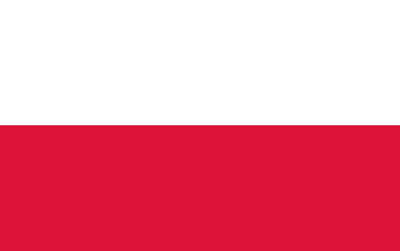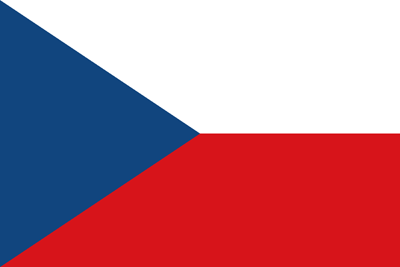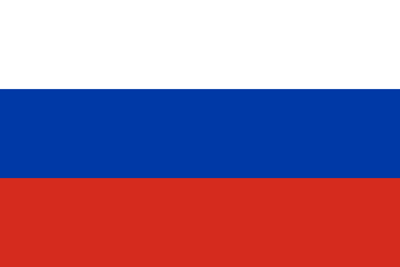Lesson on the subject "Mathematics" (M.I. Moro)
in the 2nd grade on the topic:
"Calculation method for cases like 26+7"
Classroom teacher:
Santurova G.P.
2012
Technological Map of the Mathematics Lesson Model
on the topic "Calculation Method for Cases like 26+7" (2nd Grade)
Lesson type: Introduction to new material and initial consolidation.
Didactic goal: Create conditions for understanding and analyzing the new educational material on calculation methods for cases like 26 + 7, setting and constructively solving educational problems, developing students' internal motivation for learning.
Lesson goals by content:
-
Teaching: Introduce students to the methods of calculation for cases like 26+7;
-
Development: Develop cognitive interest in the subject, form the ability to solve problems like 26+7, as well as the ability to reason and draw conclusions based on prior knowledge.
-
Educational: Foster a sense of collectivism, demonstrate the importance of each student in the class’s collective work through the joint completion of cognitive tasks; promote the development of interest in the subject by organizing game-like tasks in the lesson.
Teaching methods: Reproductive, explanatory-illustrative, and partially-searching.
Forms of cognitive activity organization: Individual, group, frontal.
Teaching technology: Game-based technology.
Learning tools:
-
M.I. Moro, M.A. Bantova, and others. Mathematics, a textbook for 2nd grade primary school, electronic application for the textbook M.I. Moro Mathematics 2nd grade, projector, presentation, answer cards, images of Christmas tree ornaments from different eras, red, yellow, and brown stars.
Lesson procedure:
| Stage of the lesson | Teacher’s activity | Students’ activity | Universal learning actions promoting personal, subject, or meta-subject results |
|---|---|---|---|
| Organizational moment | Determine the students' readiness for the lesson, prepare them to perceive the educational material | "Today we will have such a lesson, Let's all work together, We must meet the deadline. Skills, abilities, and knowledge – you must show us. The results of all answers are very important to me." (Slide №1) | Check readiness of their workspace for the lesson |
| Motivation (self-determination) for learning | I suggest the students formulate the goals of the lesson themselves, summarize their answers, and set the lesson task. "Today in the math lesson you will go on an unusual tour." | Students determine the goals of the lesson. They respond to the teacher’s questions. | Regulatory: Goal-setting, formulate and maintain the learning task. Personal: Understand their opportunities in learning. Communicative: Discuss, express, and prove their opinions. |
| Actualization and trial learning action | Logical warm-up. | Suggest tasks for oral calculations to practice number composition and develop logical thinking. "The tradition of decorating Christmas trees began under Tsar Nicholas I…" | Students perform oral calculations. |
| Identifying the place and cause of difficulty. Self-determination for activity. | Teacher suggests solving the examples written on the board with detailed oral commentary. "How to solve this problem?" | Students take turns coming to the board and solving problems with detailed commentary. | Communicative: Reason, express their opinion. |
| Project realization of the solution | "Great! You discovered the secret that I and the Mathematician wanted to share with you." Show the image of a Christmas ornament from the 18th century. | Students watch and listen to the explanation of the solution of the example from the electronic application. | Cognitive: Demonstrate an understanding of the solution process. |
| Physical minute | "Let's take a small break and do some exercises." | Students perform the exercises according to the teacher’s instructions. | Regulatory: Control their actions step-by-step based on the pictures and teacher’s instructions. |
| Initial consolidation with verbal reasoning | Teacher shows the solution to 26 + 7 on the board: 1. Add 26 to the nearest round number. 2. Take 4 from the second term. 3. The second term is split into 4 and 3. | Students write the solution in their notebooks and explain their reasoning. | Regulatory: Model the example and record its solution. |
| Independent work with self-checking | The next phase: materials like cotton, foam, and glass toys. | Students solve problems based on the given formula. | Communicative: Use speech to regulate their actions and the actions of their peers. |
| System knowledge inclusion and repetition (textbook work) | Toys in the shape of cars, clocks, and corn. | Students complete tasks from the textbook. | Cognitive: Identify and name the structural components of calculation methods. |
| Physical minute | Students perform eye exercises to relax after working. | Students perform eye exercises as per the teacher’s instructions. | Regulatory: Follow the teacher’s directions and check their actions. |
| Reflection on the lesson and homework | "What did you need to know and be able to do to decorate the tree?" "What did you learn during our journey?" | Students discuss what they have learned and reflect on the lesson. | Communicative: Formulate their position and opinion. Cognitive: Determine the structural components of the calculation method. |
| Homework | Read textbook pages, complete exercises. | Students complete the assigned homework. | Regulatory: Assess their understanding of the lesson. |
Literature:
-
Lesson plans on mathematics for the M.I. Moro curriculum, and others. (M.: Prosveshcheniye)
-
Teacher’s Guide “How to Design Universal Learning Actions in Primary School” edited by A.G. Asmolov, Moscow "Prosveshcheniye" 2011;
-
M.I. Moro, M.A. Bantova, and others. Mathematics, a textbook for 2nd grade primary school;
-
Journal “Pedagogical Council”, No. 10, 2012.
-
Images from Yandex browser.
Job Description for the School Reconciliation Service Coordinator
Material and Technical Support for Educational Activities in Computer Science and ICT
A Cossack Went Far Away to Foreign Lands
May 5, 2017: Traditional Relay Race in Makaryev as Part of the Victory Day Celebration

 Deutsch
Deutsch
 Francais
Francais
 Nederlands
Nederlands
 Svenska
Svenska
 Norsk
Norsk
 Dansk
Dansk
 Suomi
Suomi
 Espanol
Espanol
 Italiano
Italiano
 Portugues
Portugues
 Magyar
Magyar
 Polski
Polski
 Cestina
Cestina
 Русский
Русский